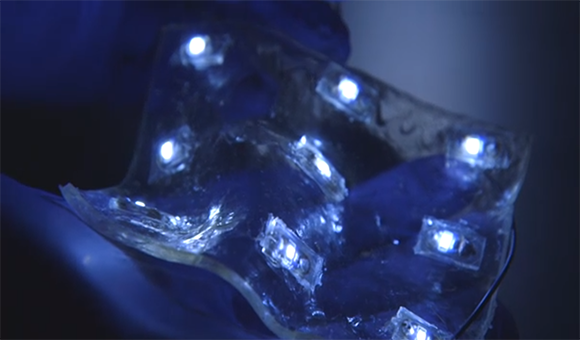Electrical nerve stimulation may improve hand dexterity after stroke
Reuters Health • The Doctor's Channel Daily Newscast
“In stroke subjects, ESS alone or in combination with motor training has the potential to aid relearning of motor skills,” Dr. D. A. Nowak, at the University of Cologne, and co-investigators state in the June issue of the Journal of Neurology, Neurosurgery and Psychiatry.
The researchers studied 12 patients who, more than 6 months after an ischemic subcortical middle cerebral artery stroke, still had mild to moderate impairment of fine motor control in the affected hand but not spasticity in the arm.
The study protocol involved surface electrodes positioned to stimulate the median nerve at the wrist. The intensity of the stimulus, which was administered for 2 hours, induced strong paraesthesias but no pain. An ultrasonic motion analyzer recorded movement kinematics at baseline, immediately following stimulation, and following a control condition in which electrodes were placed but were not turned on.
Electrical stimulation, but not the control condition, increased the frequency of both index finger and hand tapping movements performed as fast as possible with the affected hand. Similarly, stimulation increased the peak velocity of the wrist during hand transport when performing reach-to-grasp movements.
The authors report that ESS did not affect dexterity of the unaffected hand.
“Future studies in larger samples of stroke survivors need to evaluate the adjuvant role of ESS implemented in conventional training concepts, for example, a combined application of ESS with physiotherapy provided repetitively over several days or weeks, to improve impaired motor function of the hand in daily life after stroke,” Dr. Nowak and associates suggest.
Reference:
J Neurol Neurosurg Psychiatry 2009;80:614-619.






